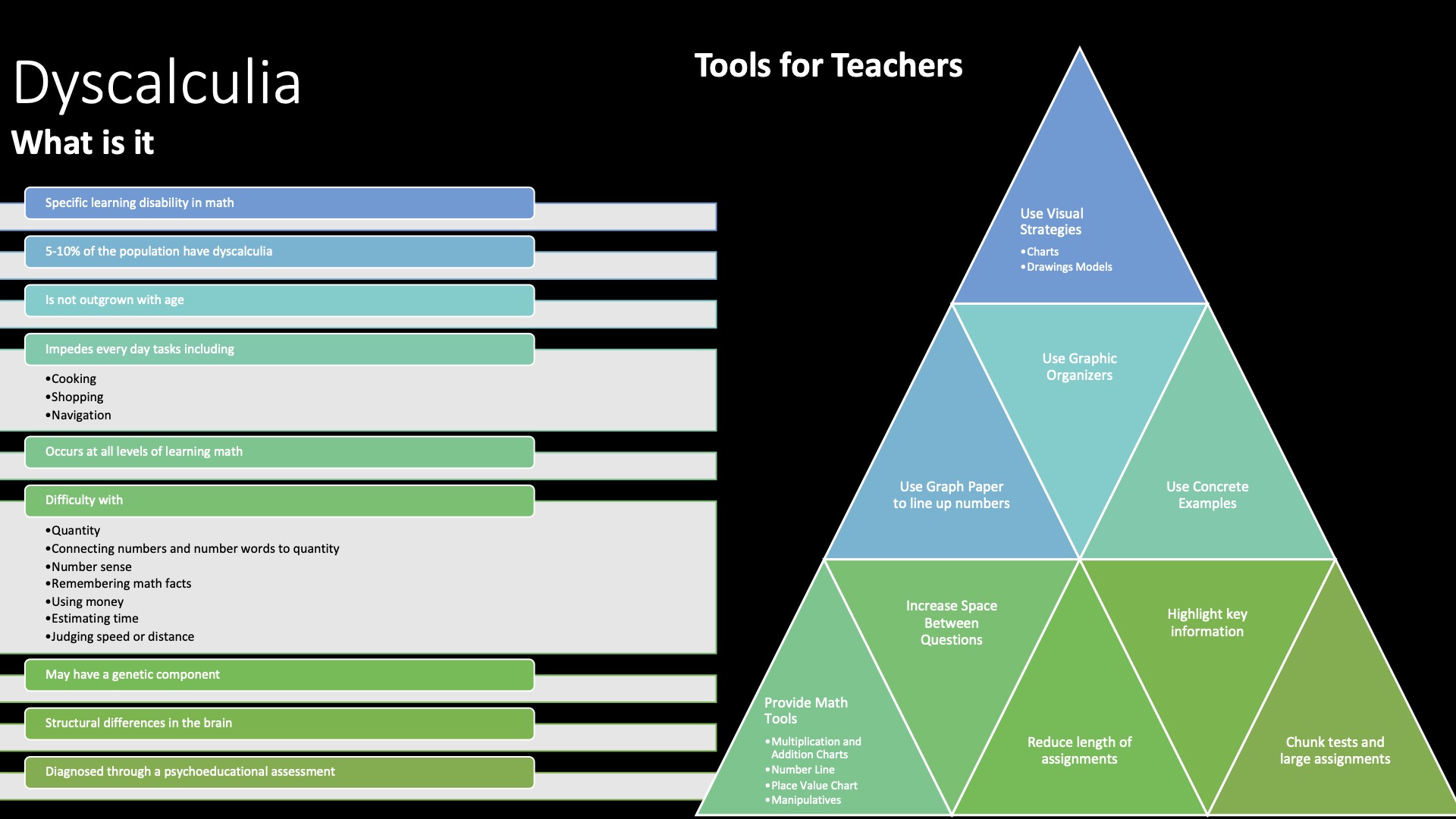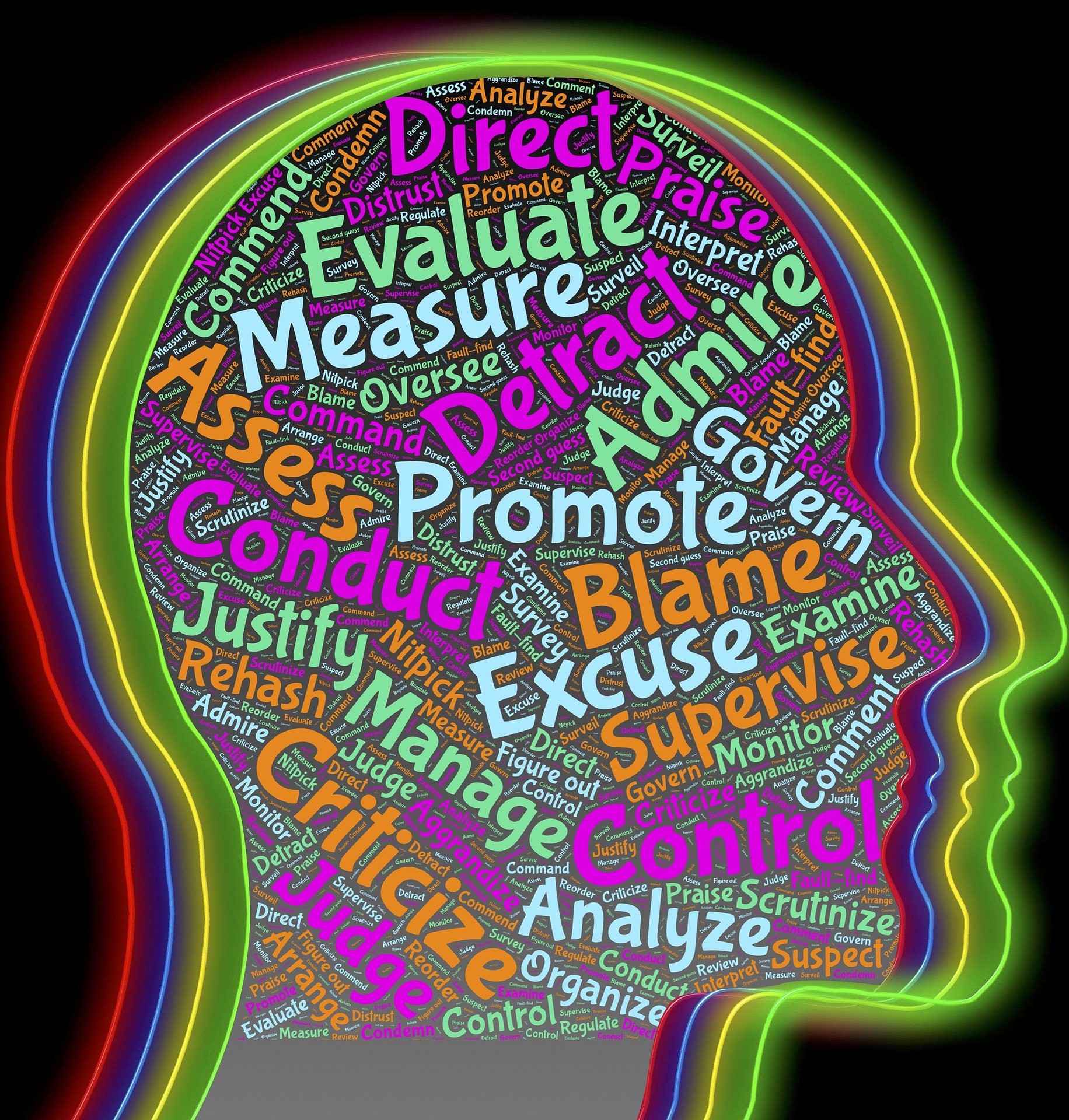In the first chapter of The Process of Conducting Research Creswell and Guetterman discuss both the role that research can play in education as well as giving an overview of the process of how to conduct education research. The chapter aligns conducting research with the scientific method beginning with determining what question needs to be answered or what problem should be solved. The authors discuss that research is a process that takes time and can take many years to complete and may not fully answer a question.
After identifying a problem it is necessary to review the existing literature on the topic. While the article suggests looking at books and journals, I would suggest adding Ted Talks, reliable blogs and websites, podcasts, and carefully selected YouTube videos. When conducting research is necessary to examine multiple sources and make connections between the ideas and perspectives presented in each to create a broader picture of the existing. Once existing literature has been reviewed a purpose for research or the question you want to answer can be determined. Once the research question has been determined the next step is to collect data. When collecting the data careful planning is needed to determine what type of data is to be collected and how it is to be gathered, organized and stored. Once all of the data is collected it is necessary to interact with it and identify patterns in the data. Finally the researchers can prepare a final report and share their findings with a larger community in a variety of formats.
The second part of the chapter discusses the roles of qualitative and quantitative research methods and how they can look in each phase of the research process. Research can follow one of three tracks, quantitative uses numerical data to approach specific measurable objectives and to collect data from a wide range of people. Quantitative data may utilize surveys with preset responses to collect data. This form of data gathering is useful for analyzing trends and patterns as well as statistical assessments. In quantitative research variables are examined independent and in relation to each other to understand trends. This form of analysis relies on statistical tools to measure relationships and gather understanding of the data.
Qualitative research can be utilized when there is not a set of variables to explore and the research question can be answered in an open ended way. This type of research is good for gathering opinions and understanding the complexity of problems in education. Qualitative research follows those participating in the research to understand their perspectives, this is particularly effective when little is known about the problem being studied. This approach generates a data set full of words, images and sound clips, when reviewing the data it is possible to find key words and phrases that are common across multiple interviews or surveys as well as locating similar meanings and intents in the words used by the participants.
While the process and tools used for data analysis varies between the two forms of data both focus on identifying patterns. While qualitative and quantitive approaches may appear to be opposites and contradictory they are merely two ends of a spectrum and a lot of research draws on both approaches to gain a clear understanding of the problem and work towards possible solutions. When designing a research project it is important to begin with understanding what type of data you need in the end in order to choose your design. There are multiple designs each with a different purpose. Mixed methods may be the appropriate way to conduct research in many cases allowing researchers to gather opinions and statistical data.
The third section of the chapter discusses the role of ethics in conducting research. Above all respect for the participants and their dignity and privacy must be upheld. Most institutions have ethics review committees that must approve studies before human participants may be contacted and worked with in the study. Ethics comes down to having the upmost respect for the people, places and groups participating in the study. In many places it is necessary to obtain permission to conduct research in schools and work with educators to determine the optimal timing and approach to their communities.
The fourth section of the chapter discusses the skills needed by the researcher to undertake a project. These can include an interest in problem solving, having the stamina to work at a project over an extended period, research skills and the ability to utilize academic and professional resources as well as strong written and verbal communication skills.
One of my key take aways from this chapter what that research may at first appear to be contradictory but still contributes to the bigger picture. This really hit home for me as I have spent the last few years taking a deep dive into math education specifically number sense and consistently find what appears to be contradictory theories. “ In this way, researchers are much like bricklayers who build a wall brick by brick, continually adding to the wall and, in the process, creating a stronger structure,” (Creswell & Guetterman, 2019) contradictory theories push researchers to find further proof to support their ideas and build connections to other existing theories. By having a diversity of perspectives and theories we create a richer learning environment and more reflective educators. I also like the idea that research improves teacher practice by presenting new ideas and challenging existing theories. At any time the strategies and theories suggested in research are one thing to consider and should be carefully read and additional supports explored before jumping onto the band wagon to ensure what we are about to try is a good fit for our learners. Research also influences education policy and clear data and outcomes are needed to effectively change education policy.
Examining my own context there is a lot of room for teacher research to be conducted. My key area of interest is number sense and determining how students number sense skills develop as well as what we can do as educators to both assess their skills and move students forward. Having the tools to create survey questions to understand what colleagues both understand and need support in when teaching number sense is important to moving towards my long-term goal of creating a BC curriculum based daily number sense program similar to many phonics and phonemic awareness programs. For me understanding the possibilities as well as the responsibilities of a researcher is key so I can engage with colleagues in a way that is both ethical and effective.
References
Creswell, J. W., & Guetterman, T. C. (2019). The Process of Conducting Research Using Quantitative and Qualitative Approaches. In J. W. Creswell, & T. C. Guetterman, Educational research: Planning, conducting, and evaluating quantitative and qualitative research (pp. 2-56). Pearson.




